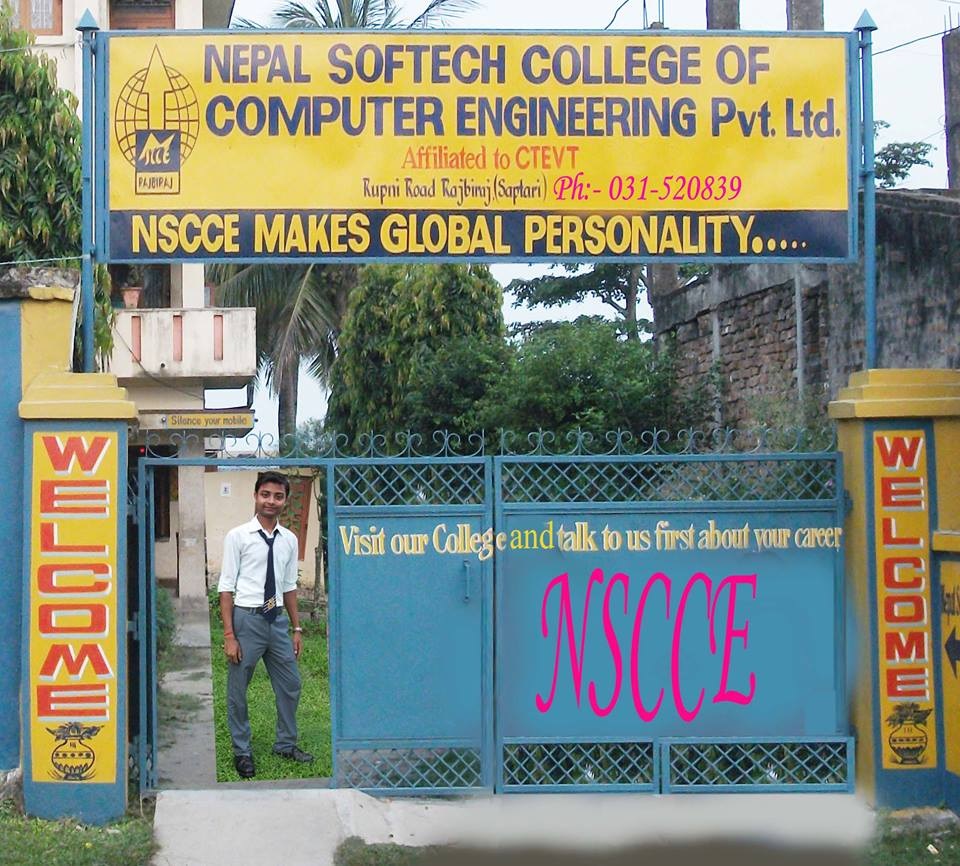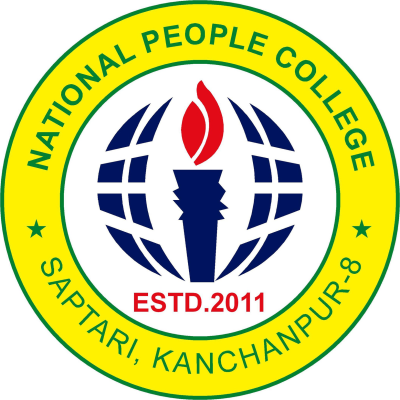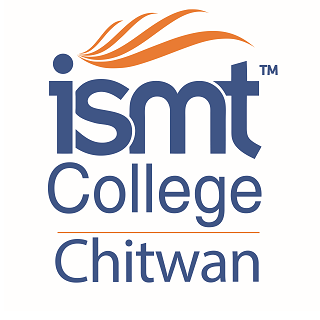Overview
Diploma in Civil Engineering at Hanumannagar Polytechnic Institute (HPI)
The Diploma in Civil Engineering at Hanumannagar Polytechnic Institute (HPI), Saptari, is a three-year program affiliated with the Council for Technical Education and Vocational Training (CTEVT). Established in 2019 AD (2076 BS), HPI offers this course to students interested in developing strong technical foundations in civil engineering fields.
The program combines theoretical knowledge with practical applications, preparing students for technical roles in infrastructure development.
Curriculum Details
The course follows the standard CTEVT curriculum for diploma-level civil engineering education. Students study core subjects such as:
-
Engineering Drawing
-
Building Construction
-
Hydraulics and Irrigation
-
Surveying
-
Structural Analysis
-
Transportation Engineering
-
Estimation and Costing
-
Construction Project Management
-
Applied Mathematics and Science
Practical sessions, field visits, and project work are integrated throughout the program to reinforce classroom learning.
Objectives
The main objectives of the Diploma in Civil Engineering program are to:
-
Provide technical skills for planning, designing, constructing, and maintaining civil structures.
-
Develop problem-solving abilities through applied projects and practical training.
-
Support national infrastructure development by creating skilled technicians ready for the job market.
Scope
Graduates of this program can work in government departments, construction companies, consultancies, or development projects. Many graduates also pursue higher studies or professional certifications in engineering.
Learning Outcomes
Upon successful completion, students will:
-
Understand fundamental concepts of civil engineering.
-
Prepare drawings, plans, and estimates for construction projects.
-
Manage fieldwork, including surveying and site supervision.
-
Apply engineering principles to solve practical challenges.
Skill Development Modules
Key areas of skill development include:
-
Site supervision and quality control
-
Project planning and management
-
Surveying and mapping
-
Basic structural analysis and design
-
Safety standards in construction
Teaching Methodology
Teaching at HPI combines lectures, hands-on laboratory work, fieldwork, and seminars. Emphasis is placed on developing practical skills through real-world projects and industry exposure.
Admission Requirements
Applicants must meet the following criteria:
-
Minimum SEE pass with a GPA of 1.6
-
Standardized marks in English, Mathematics, and Science
-
Successful completion of the CTEVT entrance examination
-
Submission of required documents:
-
Copy of SLC/SEE mark sheet and character certificate
-
Copy of Nepali citizenship certificate or birth certificate
-
Two color passport-sized photographs
-
Relevant documents for quota-based scholarships if applicable
-
Career Opportunities
Graduates can pursue careers in:
-
Building and road construction
-
Water supply and sanitation projects
-
Surveying and mapping firms
-
Municipal engineering departments
-
Private consultancies and contractors
There is a growing demand for skilled civil engineering technicians in Nepal’s development sector.
Scholarships and Financial Aid
HPI offers several scholarships, including:
-
Full scholarships under the Jehandaar category
-
Partial scholarships for targeted groups such as women, marginalized communities, and conflict-affected families
-
Scholarships under local resident and CTEVT employee quotas
Why Choose This Course?
This course is ideal for students seeking strong technical skills and practical exposure in civil engineering. With affordable fees, scholarship opportunities, and a community-based learning environment, HPI offers a solid path to a professional career.
Conclusion
The Diploma in Civil Engineering at Hanumannagar Polytechnic Institute provides students with essential knowledge, practical skills, and career opportunities in Nepal’s infrastructure development sector. It is a valuable program for those aiming to build a future in engineering.




















